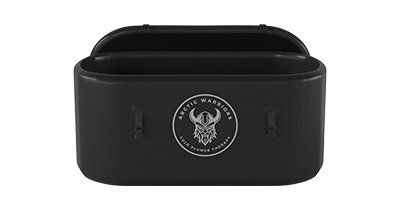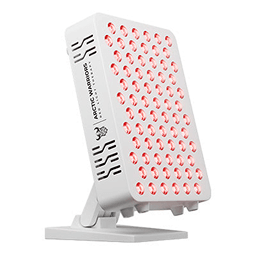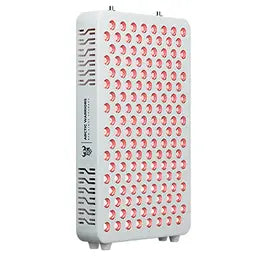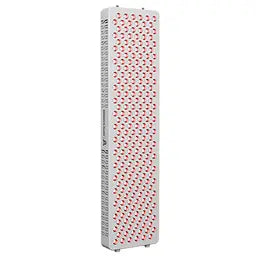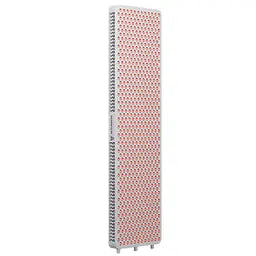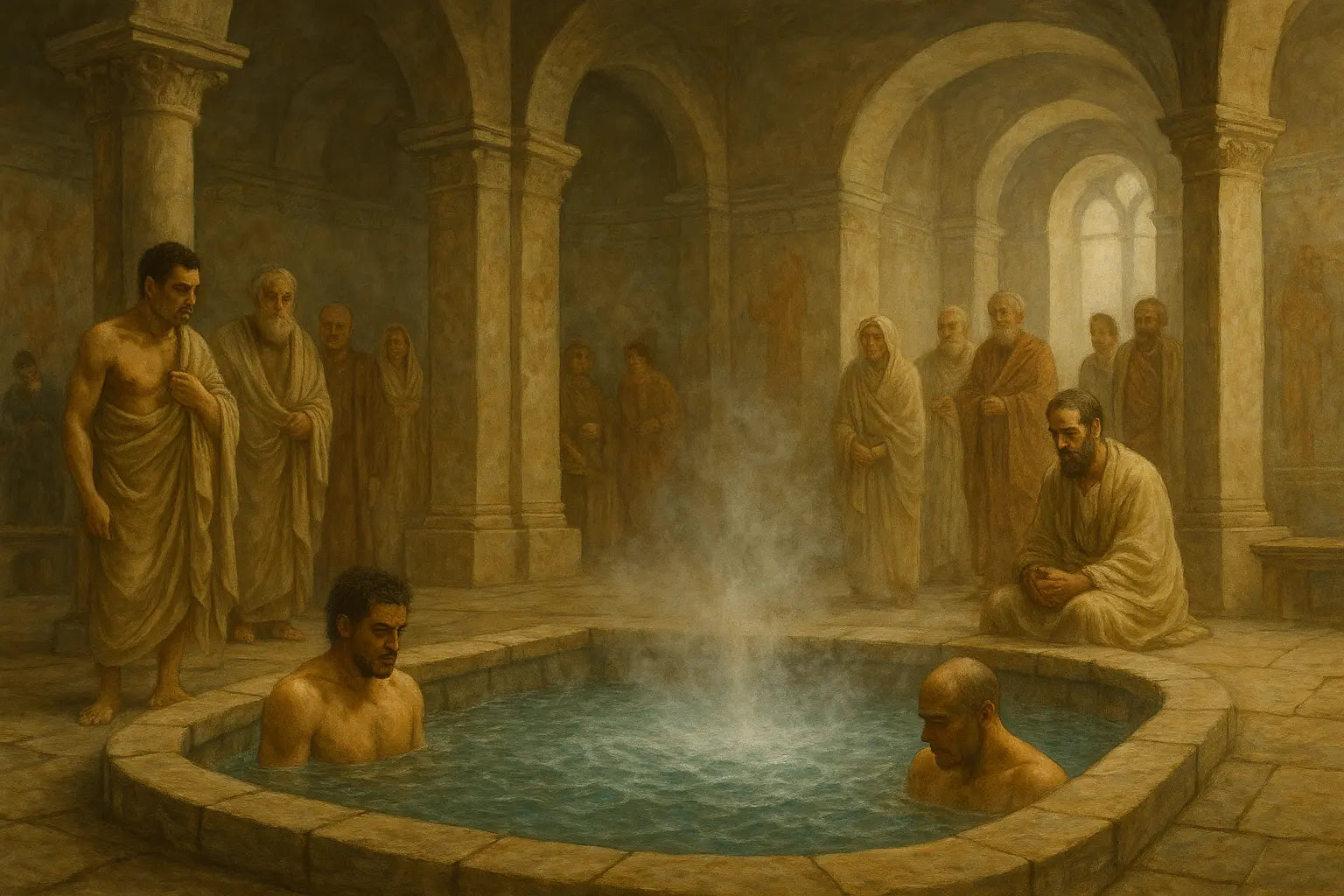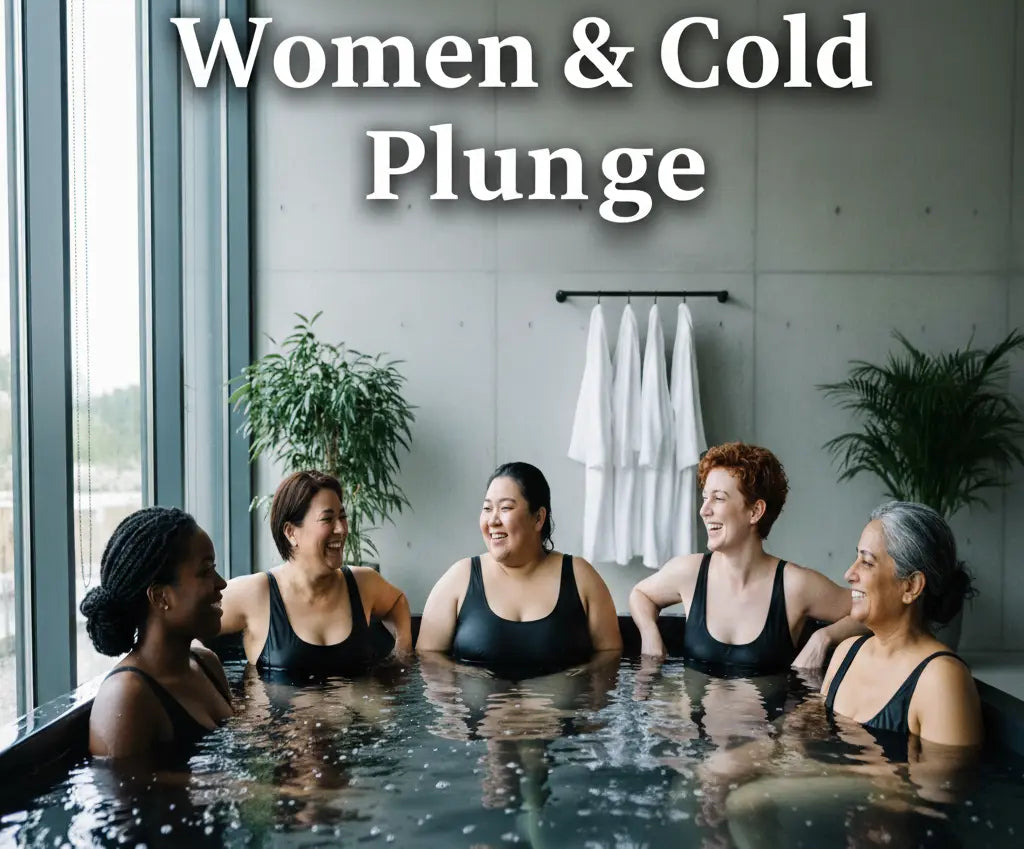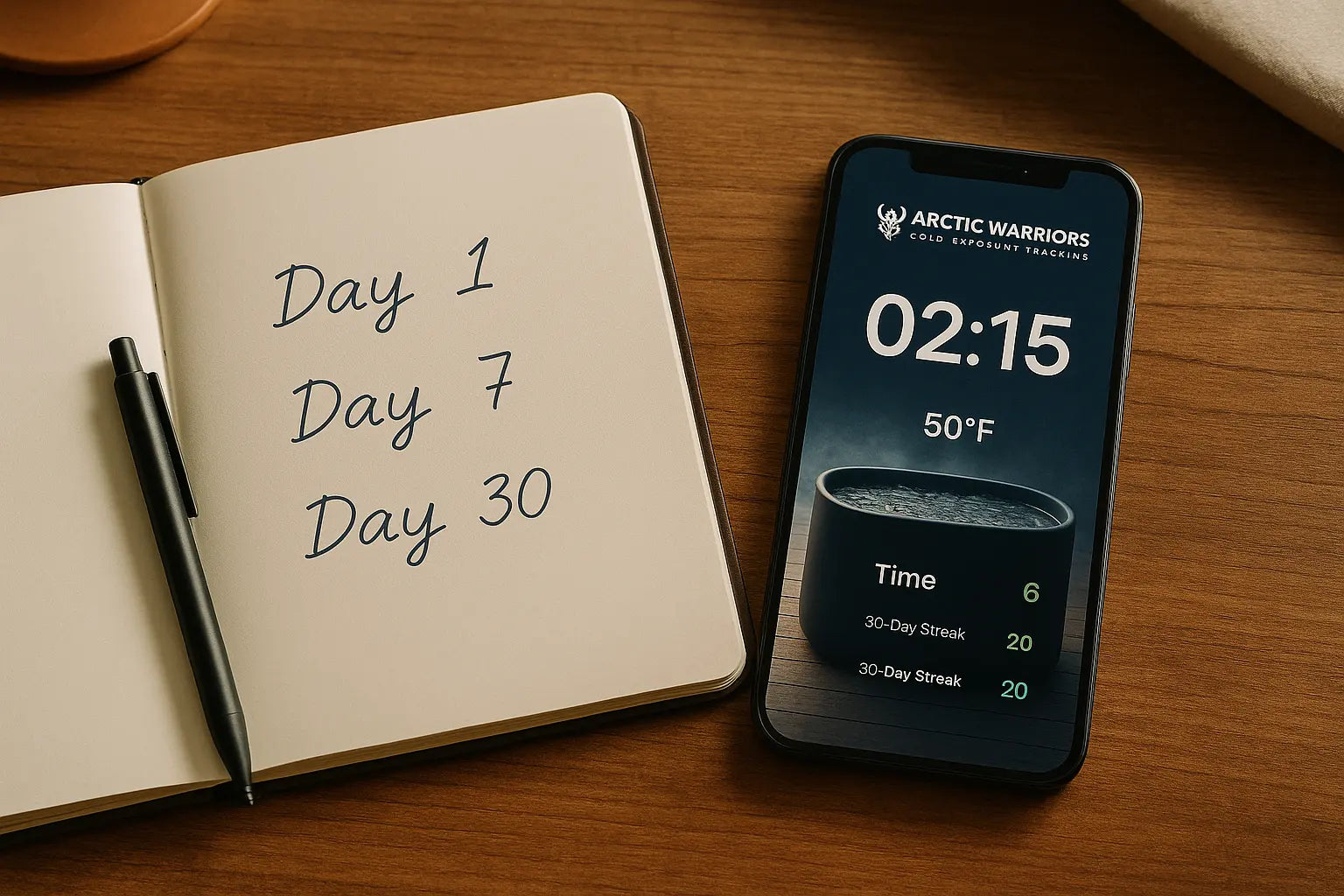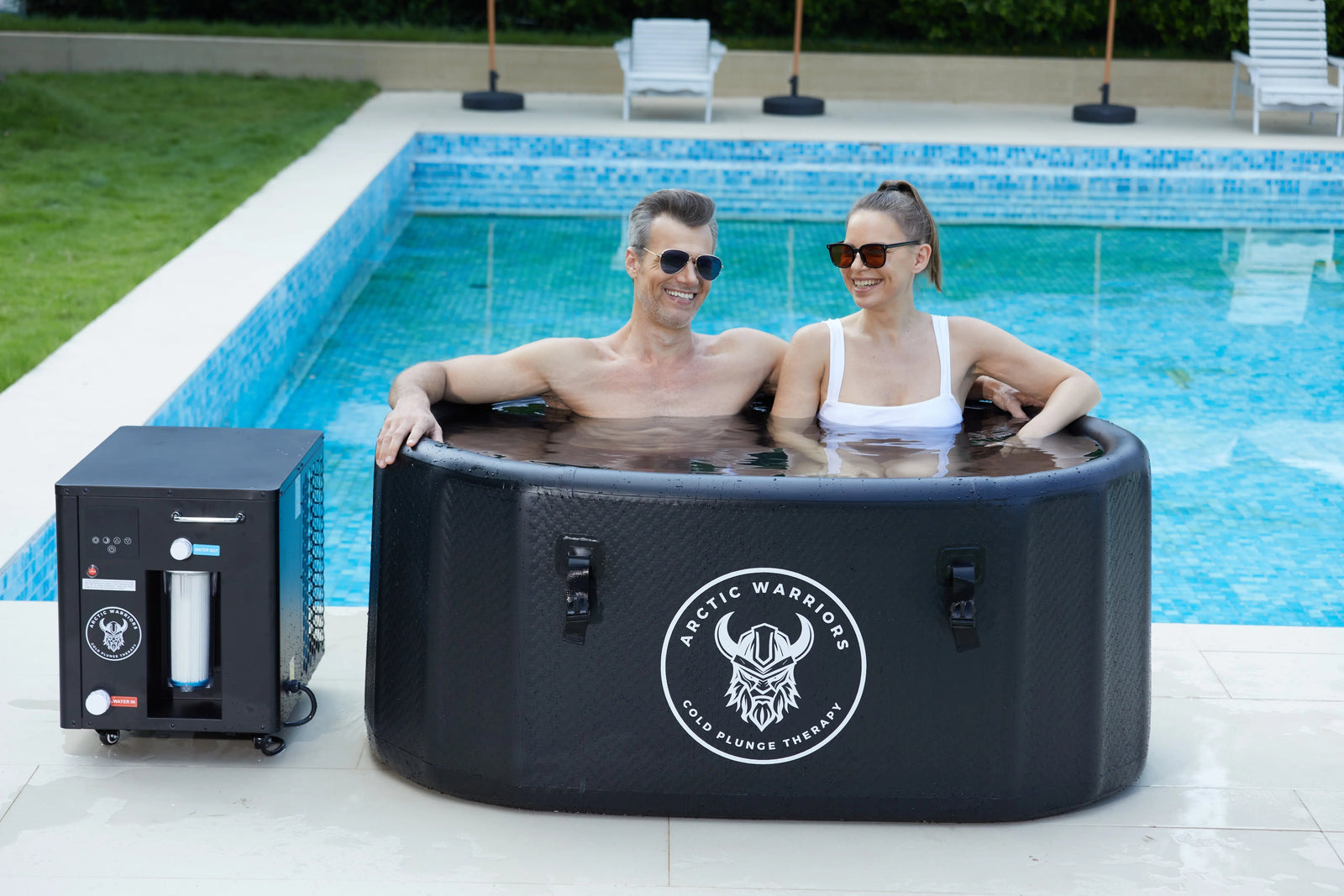The Evolution of Cold Plunge Technology
Cold plunging has always been about more than just getting into cold water — it’s about resilience, recovery, and renewal. What began as a raw ritual of survival and spiritual cleansing has transformed into a global wellness trend backed by science and supported by technology. Today, modern cold plunge tubs with digital chillers allow anyone to enjoy the benefits once reserved for athletes and ancient cultures.
The story of cold plunging is, in many ways, the story of human adaptation: from rivers and ice buckets to sleek, app-connected tubs that deliver the perfect plunge at the push of a button. Let’s dive into how cold immersion evolved from ancient tradition to cutting-edge wellness technology.
1. Ancient Beginnings: Cold Water as Ritual

Long before science explained the physiological benefits of cold exposure, ancient civilizations were plunging into icy waters for ritual and renewal.
-
In Roman bathhouses, alternating between hot and cold pools was considered essential for circulation, vitality, and cleansing the body.
-
In Scandinavia, the tradition of leaping from a sauna into a frozen lake has endured for centuries, blending heat, cold, and community.
-
In Japan, the practice of Misogi involved immersing in waterfalls or rivers as a spiritual purification ritual.
-
Indigenous cultures worldwide often used cold immersion as part of rites of passage or healing ceremonies.
For these cultures, cold plunging wasn’t about recovery after a workout — it was about resilience, discipline, and aligning body and spirit with nature’s extremes.
2. Early DIY Cold Therapy: Buckets, Barrels & Ice

Fast-forward to the 19th and early 20th centuries, and cold plunging shifted from ritual to rudimentary therapy. Without advanced equipment, people relied on simple setups: wooden barrels, galvanized tubs, and buckets of ice.
Athletes, soldiers, and healers used these makeshift plunges for recovery long before research confirmed their benefits. Boxers and wrestlers swore by plunging into ice-filled barrels after grueling matches. Military units adopted cold exposure to build toughness and reduce swelling in injured soldiers.
These early methods were rough and inconsistent, but they worked — offering relief, stamina, and mental grit to those willing to endure.
3. The Rise of Athletic Recovery Tools

By the mid-to-late 20th century, cold plunging found a permanent home in the world of professional sports. Locker rooms and training facilities introduced ice baths as a staple for post-game recovery.
-
Teams in the NFL, NBA, and Olympic programs relied on ice baths to reduce inflammation and muscle soreness.
-
Physical therapists prescribed cold immersion to speed healing and manage injuries.
-
Endurance athletes, from marathoners to cyclists, used cold plunges as part of their recovery routines.
But these early ice baths had limitations: temperatures were difficult to control, setups required constant ice, and plunges were often uncomfortably extreme. For many, the barrier to entry was too high. The science-backed benefits were there, but accessibility was still limited to elite athletes with access to facilities.
4. Modern Wellness Movement: From Hardcore to Mainstream

The 2010s marked a turning point. Cold plunging broke out of locker rooms and into living rooms, backyards, and spas. What caused the shift?
-
The wellness movement: As people embraced holistic health practices, cold plunging emerged as a natural extension of meditation, yoga, and recovery routines.
-
Biohacking culture: Innovators like Wim Hof popularized breathing techniques paired with cold exposure, giving the practice a scientific and spiritual edge.
-
Social media: Viral videos of ice baths and lake plunges turned cold immersion into both a challenge and a lifestyle statement.
-
Accessibility: Commercial cold plunge tubs entered the market, making it possible for everyday wellness seekers to bring the practice home.
Cold plunging transformed from an intimidating endurance ritual into a mainstream wellness tool for mental clarity, stress reduction, and improved sleep.
5. Smart Chillers & Digital Control: The New Era

Enter the modern era — where technology has made cold plunging not just accessible but customizable. No more hauling ice bags or guessing temperatures.
-
Smart chillers maintain precise water temperatures between 50–59°F (10–15°C) — the scientifically recommended range.
-
Digital controls and apps allow users to set plunge routines, track exposure time, and monitor recovery.
-
Energy efficiency and sustainability are now top priorities, with eco-friendly designs minimizing waste and power use.
-
Safety features help beginners avoid overexposure by setting maximum time or temperature limits.
This evolution has transformed cold plunging into a refined practice that balances ancient wisdom with modern science. And companies like Arctic Warriors are leading the way — designing tubs that deliver the authentic plunge experience with the convenience and consistency today’s lifestyle demands.
Conclusion: From Ritual to Routine

Cold plunging has come a long way: from rivers and rituals to barrels of ice, from sweaty locker rooms to sleek backyard setups. Yet, the essence remains unchanged: the human body and mind thrive on the challenge of cold.
What’s changed is the accessibility. With the rise of smart plunge technology, anyone — from pro athletes to busy professionals — can safely and consistently tap into the resilience and vitality that cold immersion offers.
Cold water will always be the constant. The tools around it may evolve, but the outcome is the same: clarity, recovery, and strength.
So the next time you step into your tub, remember — you’re not just following a trend. You’re taking part in a practice that spans centuries, refined for today’s world.
Ready to experience the future of cold plunging? Explore Arctic Warriors’ modern plunge solutions and bring centuries of tradition into your own wellness journey.







